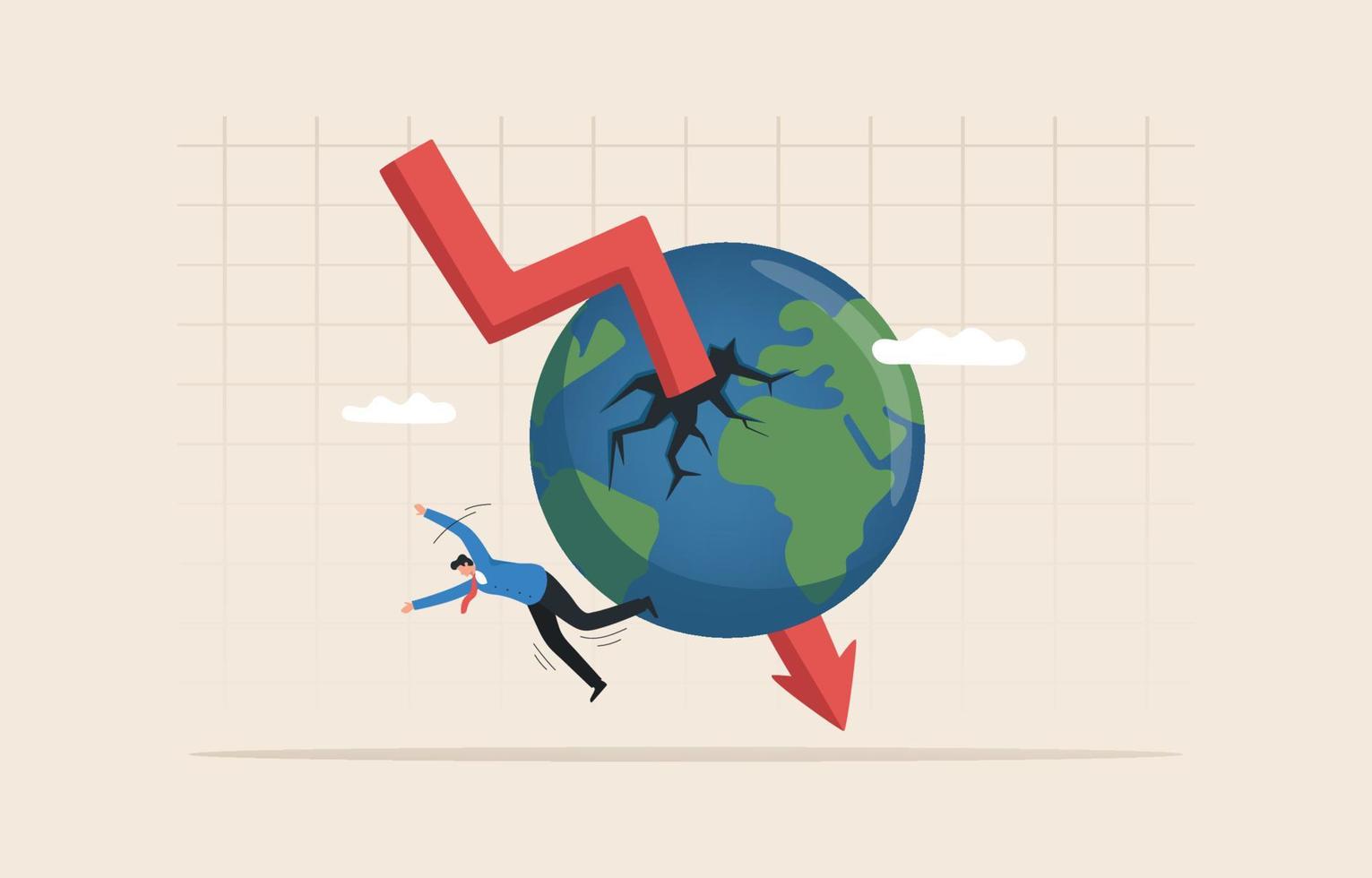Why India Is A Ray Of Hope In A World Plagued By Economic Concerns?
Even in the midst of a long hot summer in India, a drop in commodity prices is a welcome relief for India.

When Russian tanks stormed into Ukraine in early 2022, it triggered an inflationary shock that shook everything from corporate boardrooms to regular homes all over the world, including India. Commodity price increases have imposed an unsustainable burden on economies, organisations, and individuals, with one of the most extensively followed commodities, Brent crude, rising from USD20 each barrel in April 2020 to USD138 in March 2022.
Oil was not the only commodity to experience a significant price increase. Steel, aluminium, and copper prices roughly increased throughout the two-year period. The S&P BSE Commodities index rose twofold to 6,064 as a result of robust purchasing in Tata Steel, Hindalco, and JSW Steel companies. Natural gas, electricity, and coal prices have all increased numerous times. Furthermore, the prices of agricultural goods more than doubled throughout this time period.

When confronted with such crises, central banks throughout the world rely on monetary policy as a valuable instrument. Commodity prices began to fall gradually as the US Federal Reserve led the drive against inflation by raising key interest rates ten times since March 2022.
Even in the midst of a long hot summer in India, a drop in commodity prices is a welcome relief for India.
Brent crude is already trading below USD70 per barrel, allowing other commodity prices to fall as well.
The S&P GSCI index, a commodities market benchmark, is down 50% in the last year. It has been quite volatile in the previous six months, reflecting the mood in the United States and the world economy. Meanwhile, gold is becoming increasingly popular among investors as a hedge against inflation and geopolitical conflicts.
Copper, on the other hand, has fallen 16% since January 2023 to USD 9,435 a tonne, making it a leading predictor of global economic growth.
According to experts, the gold-copper ratio dropped from 136 in January to 125 in June 2023. This suggests that at least some global economies are slowing or perhaps entering a recession. Overall, based on commodity prices, there is a probability of a recession, in which case the US may follow Germany’s lead.

While the drop in copper prices indicates that global growth may stall, it may not be as terrible for India because India is on a stable development curve with high demand for infrastructure in India.
Commodity prices have plummeted considerably across the board, including oil, steel, coal, industrial metals, and agricultural. For investors, this indicates that the risk-reward ratio has shifted in favour of remaining engaged in commodities as an asset class. Several commodity companies have lagged even as equities have risen, and many analysts foresee additional losses in stocks in sectors such as steel, coal, and chemicals.
According to earlier data, India’s annual inflation rate dropped to 4.25% in May, its lowest level in over two years. Lower food inflation, which accounts for over half of India’s consumer-price basket, has contributed significantly to this. The Reserve Bank of India (RBI), which aims for 4% inflation, kept interest rates for the second time in a row last week in India.
According to the FAO Food Price Index (FFPI), which analyses over 55 traded food commodities worldwide, such as grains, dairy, and vegetable oils, prices have plummeted by 22% in the last year. Vegetable oil costs have skyrocketed since Ukraine generates nearly half of the world’s sunflower oil. However, as exports have begun to improve, vegetable oil prices have decreased about 50%, owing to reduced prices for palm, soy, rapeseed, and sunflower oils. Cereal prices, such as wheat and maize, have dropped by one-fourth from their all-time highs a year ago.
However, the issue is whether the drop in commodity prices is a passing fad or an indication that prices have reached a long-term top, and hence additional declines might be expected.

Morgan Stanley maintains its underweight position in commodities, citing a less attractive risk-reward profile for this asset class. According to Andrew Sheets, Morgan Stanley’s chief cross-asset strategist, slowing growth is a negative for commodity demand relative to supply, and so a forecast where slowing growth is still ahead of us and is really front loaded in the forecast is somewhat of a headwind to commodities.
He noted that considering how high short-term US interest rates are, it’s rather expensive to retain copper or gold rather than a Treasury bill that gives us the interest. The commodity, on the other hand, does not. As a result, they believe that it works against commodities in various ways.
For several months, the overall trend and momentum for the commodity has been gloomy. The Bloomberg Commodity Index has fallen 28.5% since its all-time high in March 2022. The index is already in bear territory, having traded under the 20-month exponential moving average for about four months.
Sheets believes commodities will continue to fall rather than reverse their current trend because they tend to decline longer and with more incredible velocity than other asset groups. He went on to say that based on the facts, they believe it is more of a negative than a positive thing. In general, they believe commodities generate poorer risk-adjusted returns than other investments. This is a massive comfort for net commodity importers like India.
Saudi Arabia, OPEC top producer, has decided to reduce crude oil output by one million barrels per day beginning in July. OPEC Plus is attempting to deliver a restricted amount of petroleum till 2024. However, increasing Russian supplies and growing US output are anticipated to keep prices stable.

Oil prices will largely determine the trend of prices for other commodities. Inflation will fall more if oil prices stay constant, and vice versa.
According to Prathamesh Mallya, deputy vice-president of research, non-agro commodities & currencies at brokerage firm Angel One Ltd., crude is expected to remain low for the time being as dismal Chinese data and negative demand mood continue to throw a shadow over prices.
However, as Europe learns to cope with its harsh winters without Russian supplies, the price of natural gas is certain to rise. Jerome Powell, who is chairman of the US Federal Reserve, stated in March that the procedure of returning inflation to 2% is likely to be complicated. It is an alert that Powell and his fellow members have sent in various ways since the Fed began raising interest rates a year ago.
Since early 2022, inflation has been the US Federal Reserve’s No. 1 economic opponent. To combat inflation, the Federal Open Market Committee has aggressively changed US monetary policy, aiming to reduce it to its long-term objective of 2%. The US consumer price index fell below 5% in April of this year for the first time in the previous one and a half years.
Shaktikanta Das, the governor of the RBI in India, may be concerned at home if the monsoon arrives later than expected. The southwest monsoon, which accounts for 75% of the India’s yearly rainfall and is crucial for a nation like India whose agriculture relies on the gods of rain, is essential.
While the world is now experiencing an El Nino impact, India’s central bank may expect the monsoon to start soon. In India, that probably means lower agricultural production and increased food costs in India. These local events may also have an impact on commodity prices and the direction of interest rates by the RBI in India, in addition to global considerations.
Proofread & Published By Naveenika Chauhan




